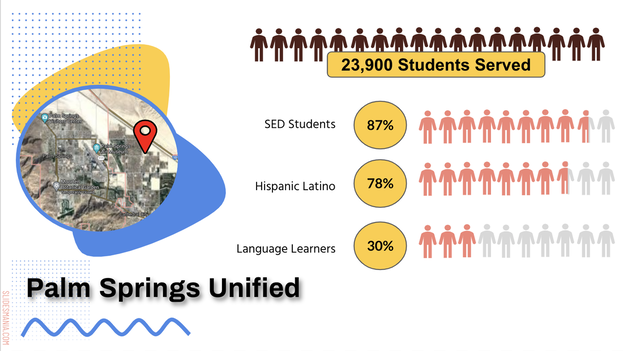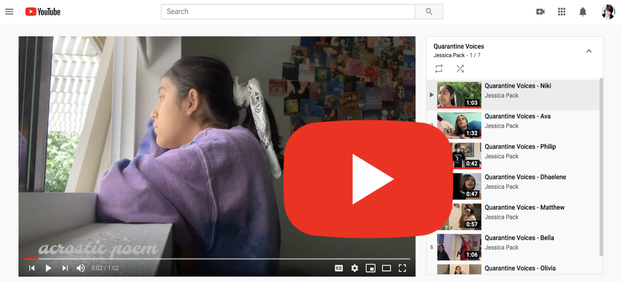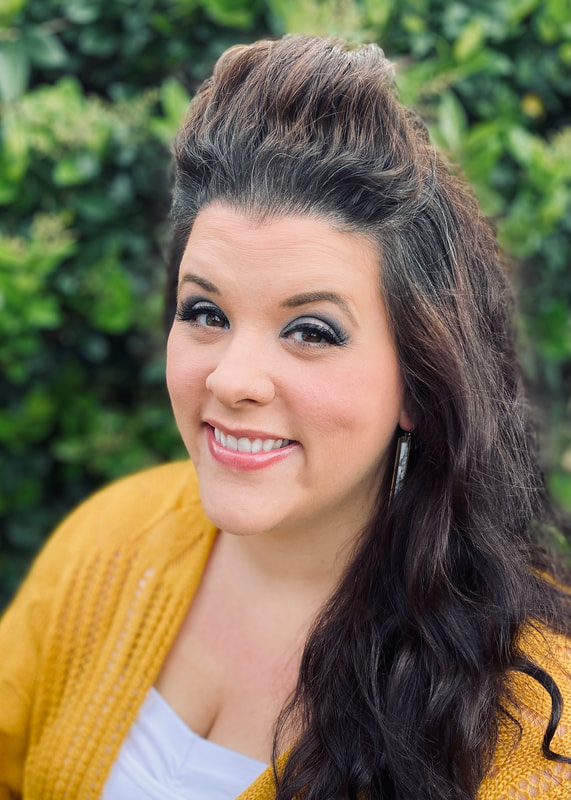|
No matter how technology savvy educators are, there is still a learning curve when implementing distance learning. Some of the challenges are obvious - How do we offer high quality, engaging instruction remotely? How will we post and collect student work? How will we structure the week between synchronous and asynchronous tasks? How will students be graded? Other questions are more complex and difficult to answer - How will we help students connect for social emotional health? How will we teach students to advocate for themselves when they need help? How will we give students opportunities to be creative and own their learning when we are limited to only 30 minutes of instruction per content area per day at the middle school level? Many of the students in my district and at my school are part of vulnerable populations, which has increased the amount of pressure myself and many of my colleagues have felt. Nationally, we have a whole lot riding on remote learning, and the resulting learning loss for students who can not or will not participate is huge. The "hold harmless" grading policy adopted by many districts in California was well-intentioned and founded on the principle of equity. However, the net effect of the policy meant that some students and families chose not to participate in any educational opportunities after schools closed here on March 13th. Across my classes, I had about a 50% participation rate and projections indicated that attrition would occur over time. I knew I had to do something in order to hook my students and get them to want to show up each week to continue their learning.
Digital storytelling and the use of WeVideo were key to the ongoing involvement and participation of my students. For more than a decade, I have believed in the transformative power of digital storytelling and advocated for more opportunities for students to bring their stories to life. This was a "when the rubber meets the road" type of moment in my teaching practice. Even though my classroom had become 100% virtual, I knew I wanted there to be room for storytelling.
The Project: Quarantine VoicesSome of the ongoing themes I heard from many of my students throughout distance learning were feelings of isolation, anxiety, and boredom. This was surprising given that middle schoolers are typically so plugged in to social media that they can sometimes sit in a room filled with people and not look anyone in the eye. However, it turns out when that is your only form of interaction, it gets old. So, I wanted to give my students the chance to connect with one another and hear that they weren't alone. I wanted to allow them to see familiar faces, share their perspectives, and channel creative energy. I wanted to encourage them document this strange time in history by creating a time capsule of sorts. This led to the idea of the Quarantine Acrostic Project. My students have worked on numerous movie projects throughout the year, so they are well versed in storytelling. They know the process, the tools, and have developed visual literacy skills. I began by pushing this slide deck out via Google Classroom. The slide deck structures the writing process and prompts students to develop a shot list. Though this process would normally be more involved and full of peer review points, secondary teachers were limited with regard to how much work they could assign per week (with good reason). So, I pared the storytelling process down to its most essential components. Parameters make students feel safe and able to get started, which is why I planned this project as an acrostic. Reluctant writers would have just enough structure to get engaged, which is important when we're talking about scaffolding EL students and students with disabilities. Kids were asked to create in WeVideo once they completed the slide deck. My district has a paid subscription to WeVideo, which gives us access to their fabulous library of media materials. As you can see from the student products I shared, some kiddos leveraged the media library to fill in the gaps of what they couldn't leave their homes to film. Other kiddos opted for mostly original footage, finding ways to tailor their scripts to compensate for their static location. All in all, they created some pretty amazing movies! I'm so proud of how brave they were in sharing their quarantine stories. It takes a lot for middle schoolers to be willing to be vulnerable, but that's really the value of purposefully creating the type of classroom culture that honors storytelling, honesty, and truth. This foundational climate carried over into the remote learning space, and I am so very grateful. Click on the image below to watch the Quarantine Voices playlist on YouTube:
0 Comments
|
Author: Jessica PackCalifornia Teacher of the Year. CUE Outstanding Educator 2015. DIGICOM Learning Teacher Consultant. 6th Grade Teacher. Passionate about gamification, Minecraft, digital story-telling, and fostering student voices. Download:Archives
June 2020
Categories
All
|



 RSS Feed
RSS Feed